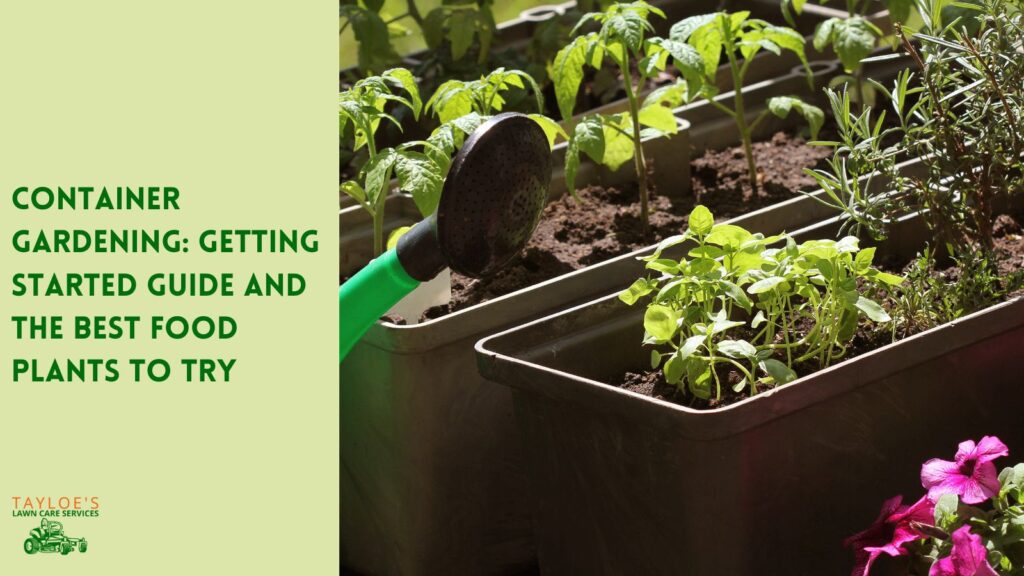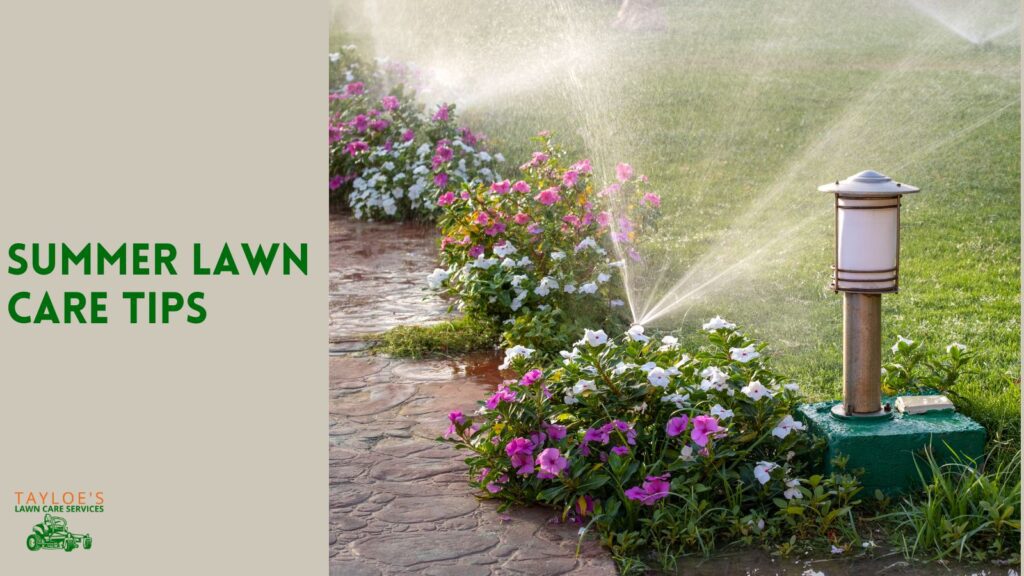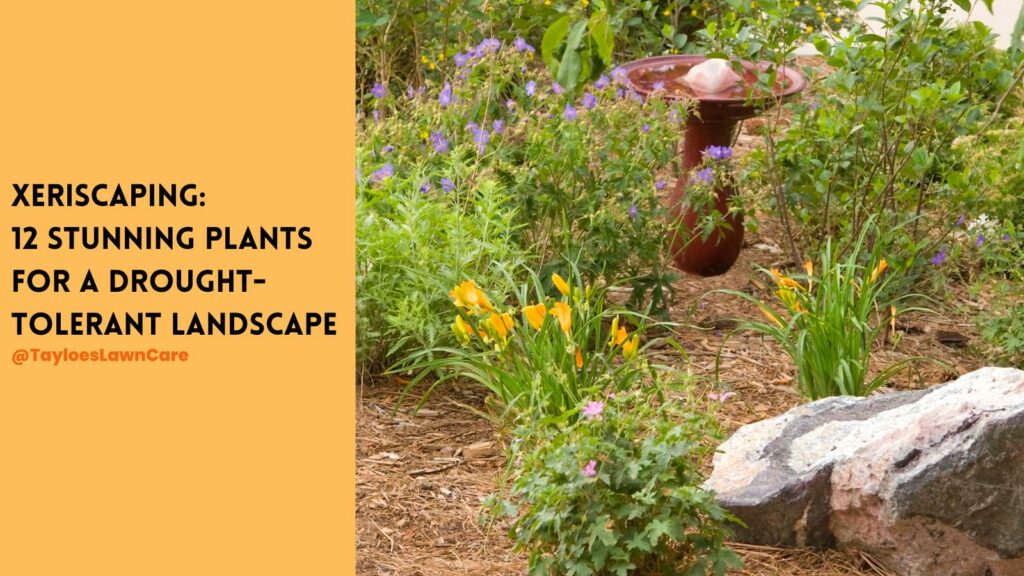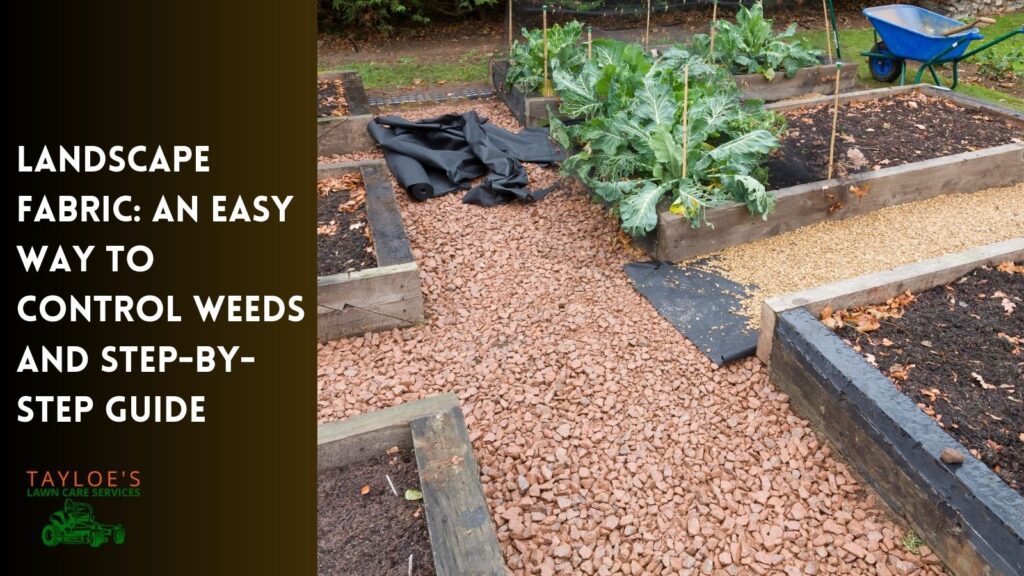Last Updated on: 23rd September 2024, 12:51 pm
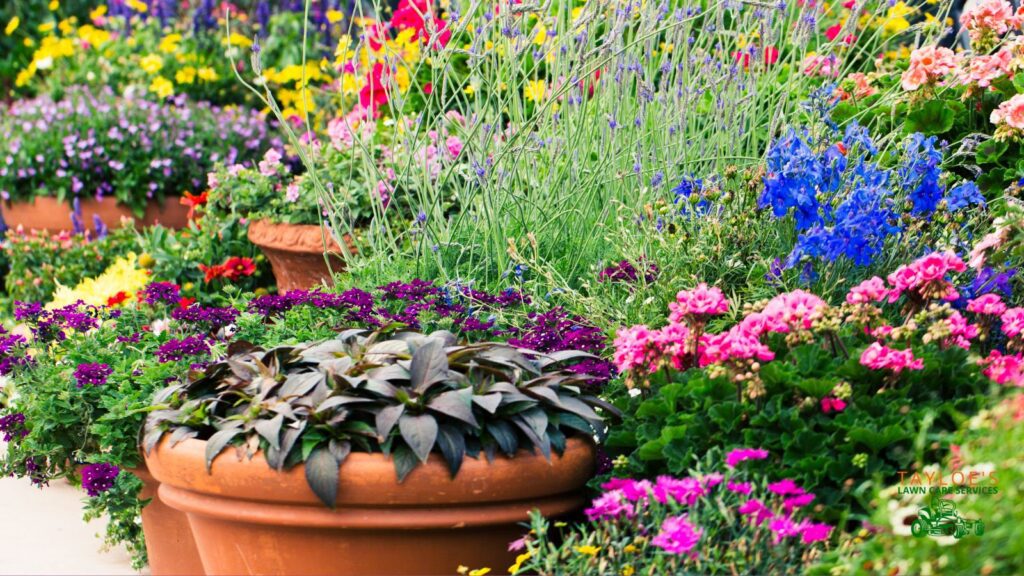
Caring for your outdoor potted plants during the peak summer heat.
This post discusses the best practices for caring for container gardens in hot weather. As we eastern North Carolinians know, the summertime heat can be relentless…
Gardeners who master these techniques will always see their plants thrive, no matter how high the temperatures soar.
From grouping pots for natural shade to using water-holding crystals and setting up drip irrigation, these tips will keep your plants hydrated and happy, even on the hottest days.
Ready to give your garden the TLC it needs? Let’s dive right in!
1. Pot up Plants for Your Container Gardens
Potting up, or moving plants to larger containers, is crucial as plants grow and their root systems expand.
In hot weather, larger containers help retain more moisture and provide better insulation against heat.
When potting up, choose a container at least one size larger than the current one. This gives the roots room to grow and prevents them from becoming root-bound, which can stress the plant and make it more susceptible to heat stress.
Ensure the new container has adequate drainage holes, fill it with fresh, well-draining potting mix, gently remove the plant from its current container, loosen the roots, and place it in the new container.
Water thoroughly to help the plant settle.
2. Choose the Right Container
The type of container you use can significantly impact your plants’ health in hot weather.
Containers of materials like terra cotta can dry out quickly, while plastic or glazed ceramic retain moisture better.
Lighter-colored containers reflect more heat, keeping the soil cooler.
Additionally, larger containers retain moisture longer than smaller ones, which can dry out quickly in the heat.
Opt for plastic, glazed ceramic, or composite containers that retain moisture better; use larger containers to help retain moisture and provide more space for root growth, and choose light-colored containers to bounce heat and keep the soil cooler.
Ensure your containers have sufficient drainage holes to prevent waterlogging.
3. Establish a Watering Schedule
Regular watering is critical for container gardens, especially in hot weather.
A consistent watering schedule helps ensure your plants get the moisture they need without being overwatered.
Water late in the evening or early in the morning when temperatures are cooler to minimize evaporation.
Regularly check the soil and water it when the top inch feels dry.
Hint: Insert a pencil about an inch into the soil and then pull it out. If soil clings to the pencil, your plants likely don’t need watering. This simple test can help prevent overwatering and drowning your plants.
Water thoroughly until you see it draining out of the bottom of the container, and adjust the frequency as needed, especially in extreme heat.
4. Use Self-Watering Containers
In hot weather, keeping your container garden hydrated is a challenge.
Self-watering containers can make this task easier by reducing the need for frequent watering. These containers have hidden reservoirs and wicking systems that can keep your plants hydrated for days.
Imagine you’re going on a weekend trip. The last thing you want is to return to wilted plants.
You fill the reservoir with self-watering containers, and the wicking system draws water up to the roots as needed. This ensures consistent moisture levels, even in the hottest weather.
To set up these containers, choose one with a built-in reservoir or modify a regular container by adding a water reservoir at the bottom.
Add a wicking material like a cotton rope from the reservoir to the soil, fill with a lightweight potting mix, arrange your plants so their roots can access the wick, and fill the reservoir with water.
5. Add Mulch to Containers
Mulch isn’t just for garden beds; it’s a secret weapon for container gardens too.
It helps conserve soil moisture and regulate soil temperature, which is crucial in hot weather.
But instead of traditional mulch, why not try something unconventional like shredded paper or wine corks?
Shredded paper is readily available and biodegradable. It creates a layer that reduces evaporation and keeps the soil cool.
Wine corks, on the other hand, are not only eco-friendly but also add a unique touch to your garden.
Shred old newspapers or collect used wine corks, then spread a layer of mulch about 2-3 inches thick on the soil surface around your plants. Replace the mulch as it breaks down or gets compacted to ensure ongoing benefits.
6. Create Microclimates Around Container Gardens with Shade Cloth
Direct sunlight can stress plants in scorching heat. Creating microclimates with shade cloth can offer protection and reduce heat stress.
Instead of buying expensive shade cloth, you can use lightweight, reflective materials like emergency blankets.
These materials reflect sunlight away from the plants, lowering the temperature around them. It’s like giving your garden a cool, shaded retreat in a heatwave.
To install, get lightweight, reflective materials, cut to fit over your containers, and use stakes, hoops, or nearby structures to drape the material over your plants.
Adjust the position throughout the day to provide optimal coverage during peak sunlight hours.
7. Utilize Water Retention Crystals
Water retention crystals can be a game-changer in hot weather. They enhance the soil’s ability to retain water, reducing watering frequency.
For a DIY twist, you can experiment with alternatives like using the filling from diapers.
These crystals or DIY alternatives absorb water and release it slowly, keeping the soil moist longer. It’s like giving your plants a slow-release water source that lasts for days.
Mix the crystals or diaper filling into your potting mix before planting, then water thoroughly to activate them. Check the soil regularly and water as needed, but you’ll need to water less frequently.
8. Grow Heat-Tolerant Plant Varieties
Choosing the right plants for hot weather is crucial.
Opting for heat-tolerant varieties ensures your garden remains vibrant and healthy even during extreme heat. Think beyond the usual and consider unusual heat-loving plants like succulents or drought-tolerant herbs.
Succulents, for instance, store water in their leaves, making them perfect for hot climates.
South Asian herbs like lemongrass or Thai basil thrive in the heat and add unique flavors to your culinary creations.
Research heat-tolerant plants, prepare your container gardens with well-draining soil, and follow specific planting guidelines for each variety.
Water appropriately and provide occasional feeding to keep your plants thriving.
9. Use Reflective Mulch or Paint for Containers
Reflective mulch or paint can significantly reduce the heat your containers absorb, keeping the soil cooler.
You can DIY reflective paint using non-toxic materials or use reflective mulch.
Imagine your containers acting like mini mirrors, reflecting sunlight away and maintaining a cooler root environment. This simple trick can greatly affect your plant’s health during hot spells.
Prepare reflective materials, paint the exterior of your containers or place reflective mulch on the soil surface, and position your containers where they’ll benefit most from the reflection.
10. Try a Drip Irrigation System
A drip irrigation system provides consistent and efficient watering, which is essential in hot weather.
You can install a DIY drip system using recycled materials like plastic bottles.
This method ensures your plants get the right amount of water without waste. Plus, it’s an eco-friendly solution that uses items you already have.
Collect plastic bottles, make small holes in the caps, bury the bottles near the roots of your plants with the tops exposed, and fill them with water. Check the water levels and refill as needed to maintain consistent moisture.
11. Fertilize Container Gardens Regularly
Container plants rely on you for their nutrients since they can’t draw from the ground like garden plants.
Regular fertilization is essential to keep them healthy and thriving, especially in hot weather when they may need extra nutrients to cope with stress.
Apply a balanced, water-soluble feed every two to four weeks. This helps replenish nutrients that are washed away with frequent watering.
Choose a balanced fertilizer, mix and apply according to the package instructions, feed your plants every two to four weeks, and monitor plant health to adjust the frequency or type of fertilizer if needed.
Check the plants regularly for pests (or any sign of disease) and control them promptly to prevent infestations and reduce plant stress.
Your Container Gardens Can Beat the Heat
It can feel daunting to manage a container garden in hot weather. But the rewards of a vibrant, flourishing garden are well worth the effort.
Every expert gardener started somewhere, learning and growing along the way. You can do the same.
With these tips and dedication, your container garden can thrive, even in the hottest conditions.
Take that first step today—choose one tip and implement it. You’ll soon witness your hard work pay off.
Your garden awaits your care and creativity! Start now and turn your container gardens into a calm, green oasis.
Need help with your lawn and outdoor chores? Connect with Tayloe’s Lawn Care Services today at 252.287.3376 (text or phone).
Author Profile

- Maureen Abuor
- Maureen Abuor is a professional content marketing strategist and SEO strategist, with particular knowlege of creating landscaping and gardening content that informs and delights her audience. When she's not working, she's a busy mother of three precious little ones and child of God.
Latest entries
 Lawn CareApril 29, 2025Best shady area grass seed for Eastern NC
Lawn CareApril 29, 2025Best shady area grass seed for Eastern NC GardeningApril 15, 2025How do I make organic soil for the garden?
GardeningApril 15, 2025How do I make organic soil for the garden? Flower GardenMarch 7, 2025What are wave petunias?
Flower GardenMarch 7, 2025What are wave petunias? Flower GardenMarch 3, 202520 Full-sun annuals for your spring and summer garden
Flower GardenMarch 3, 202520 Full-sun annuals for your spring and summer garden

